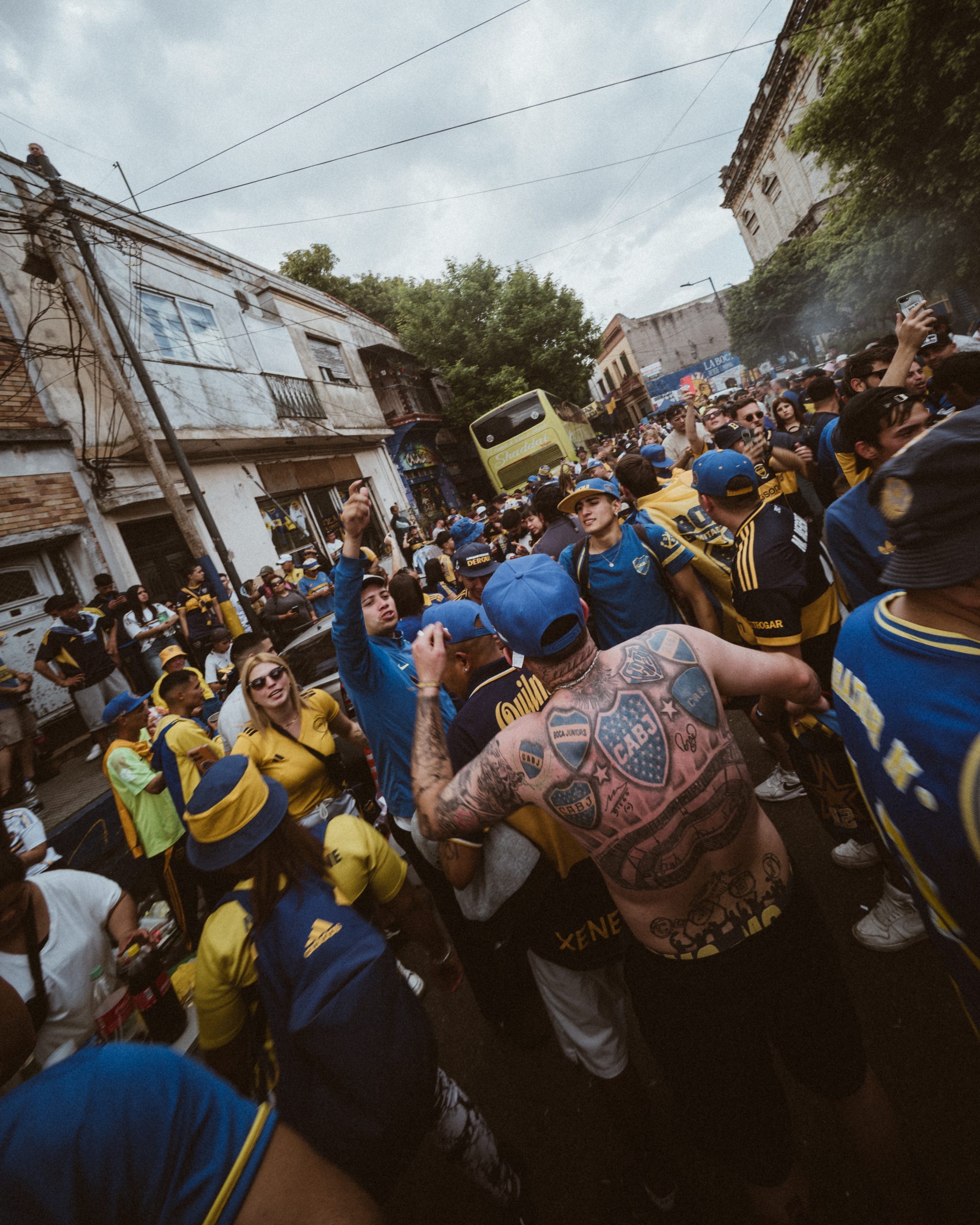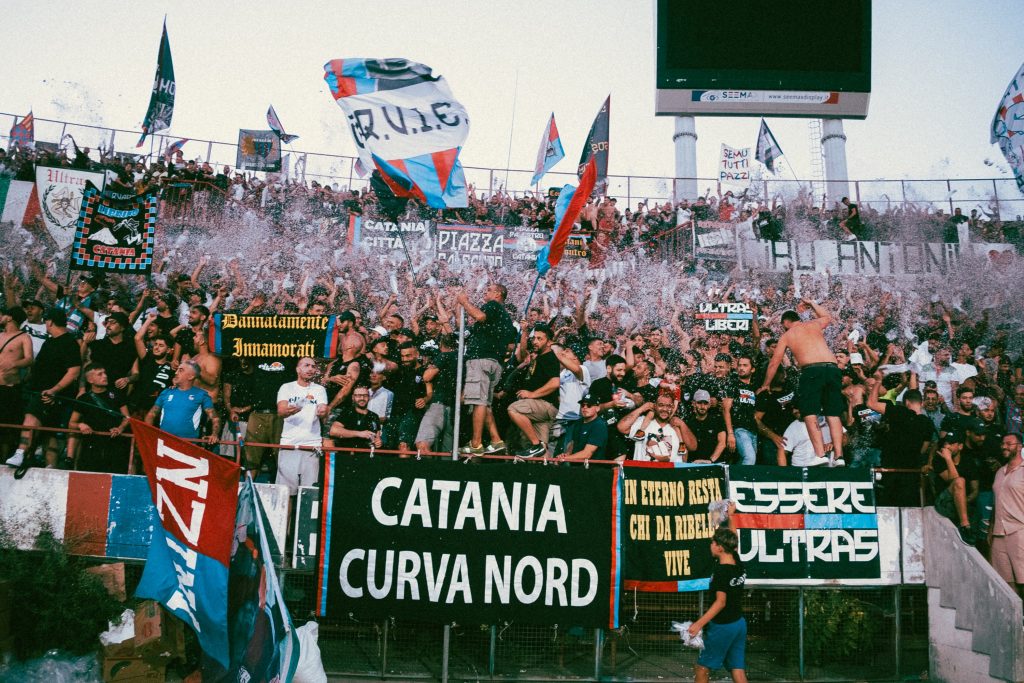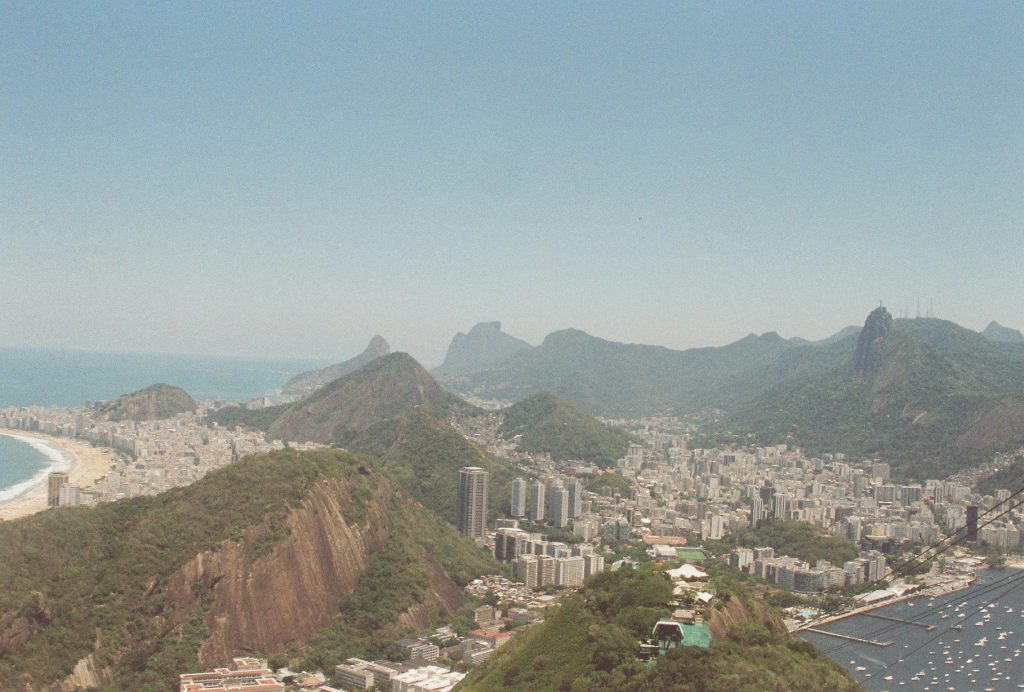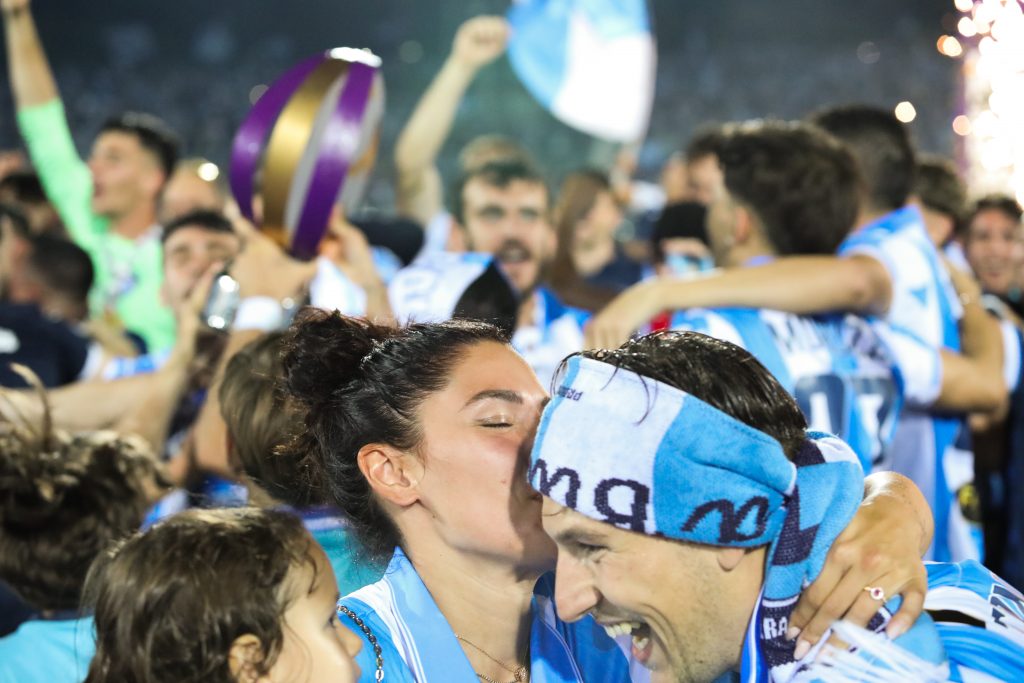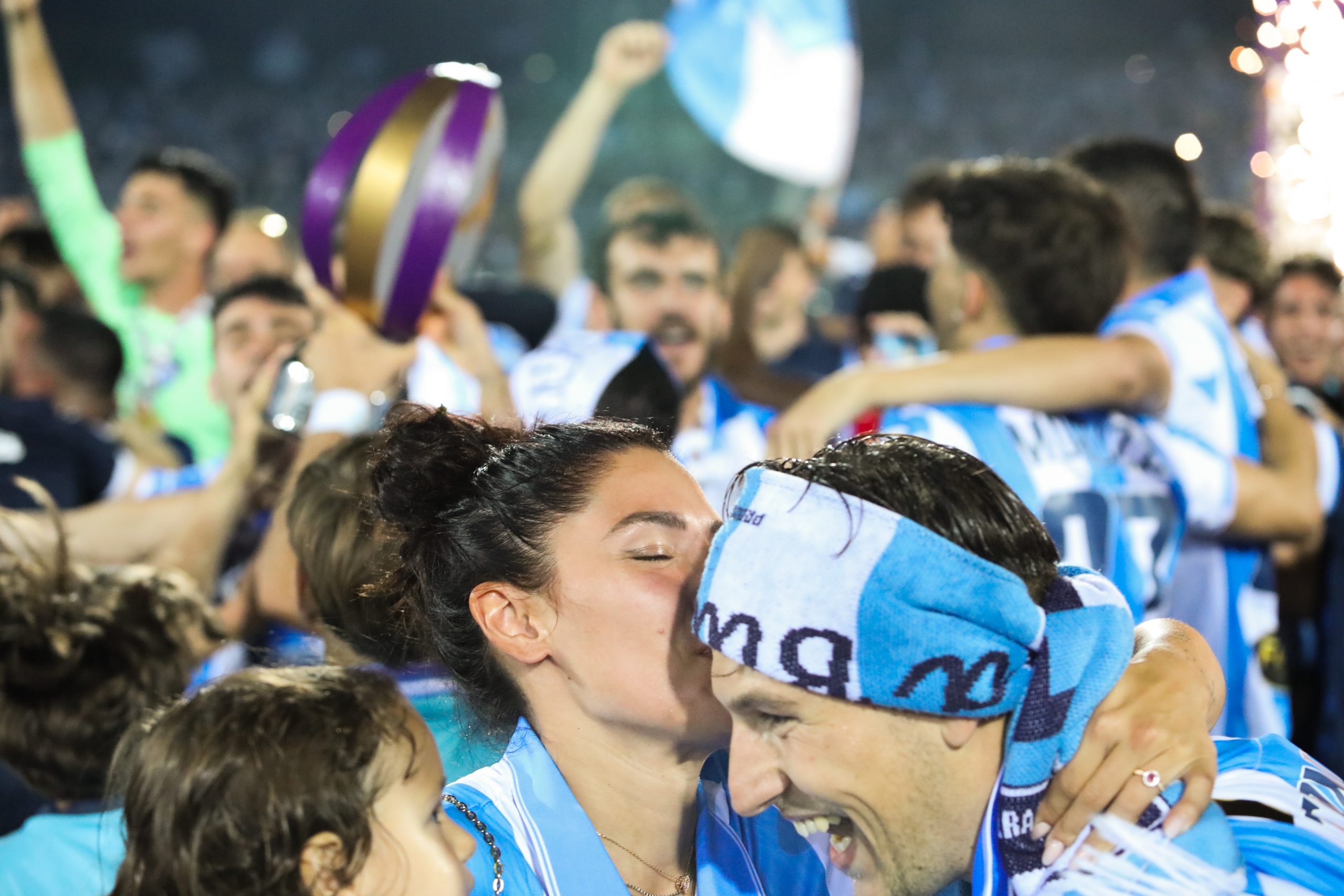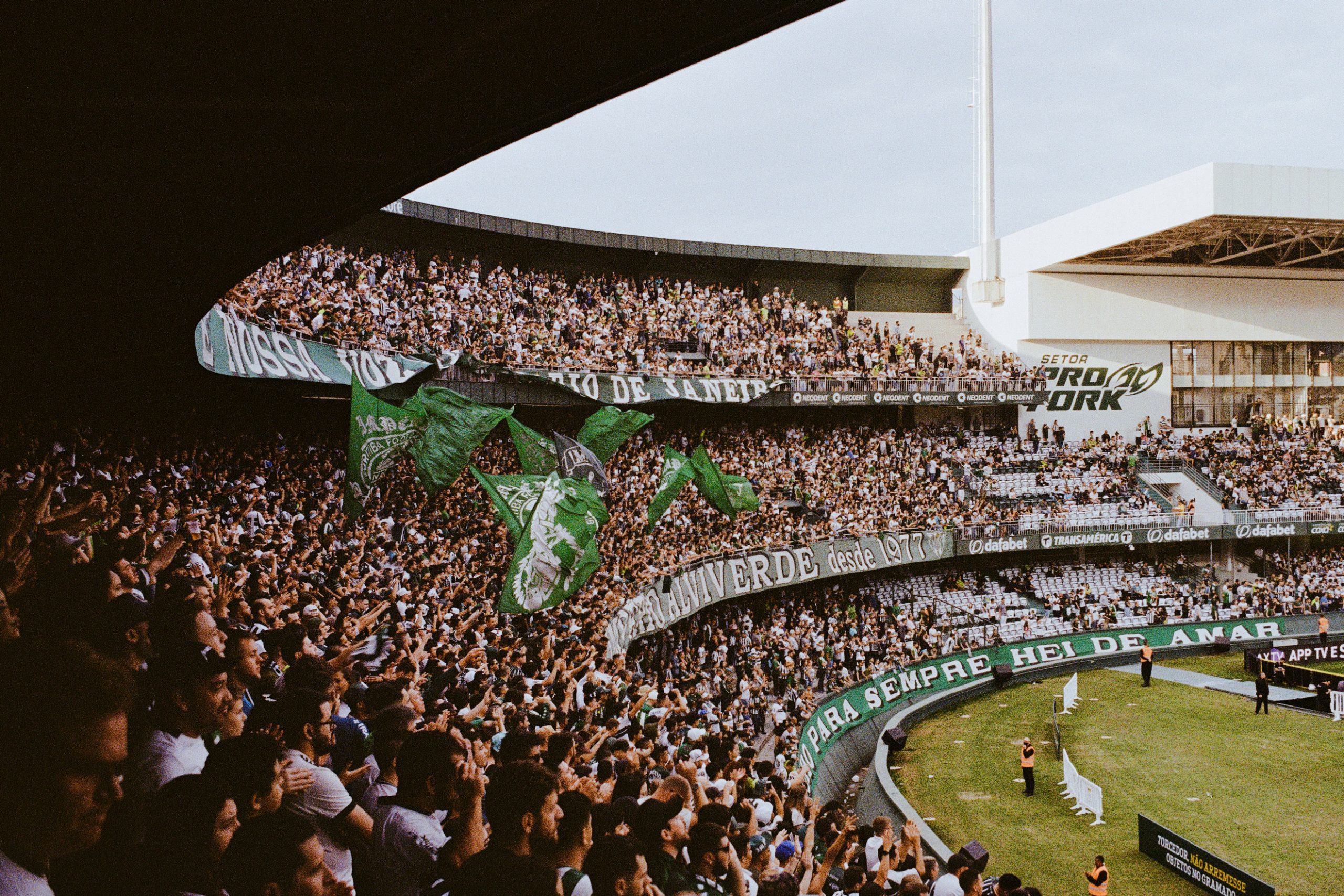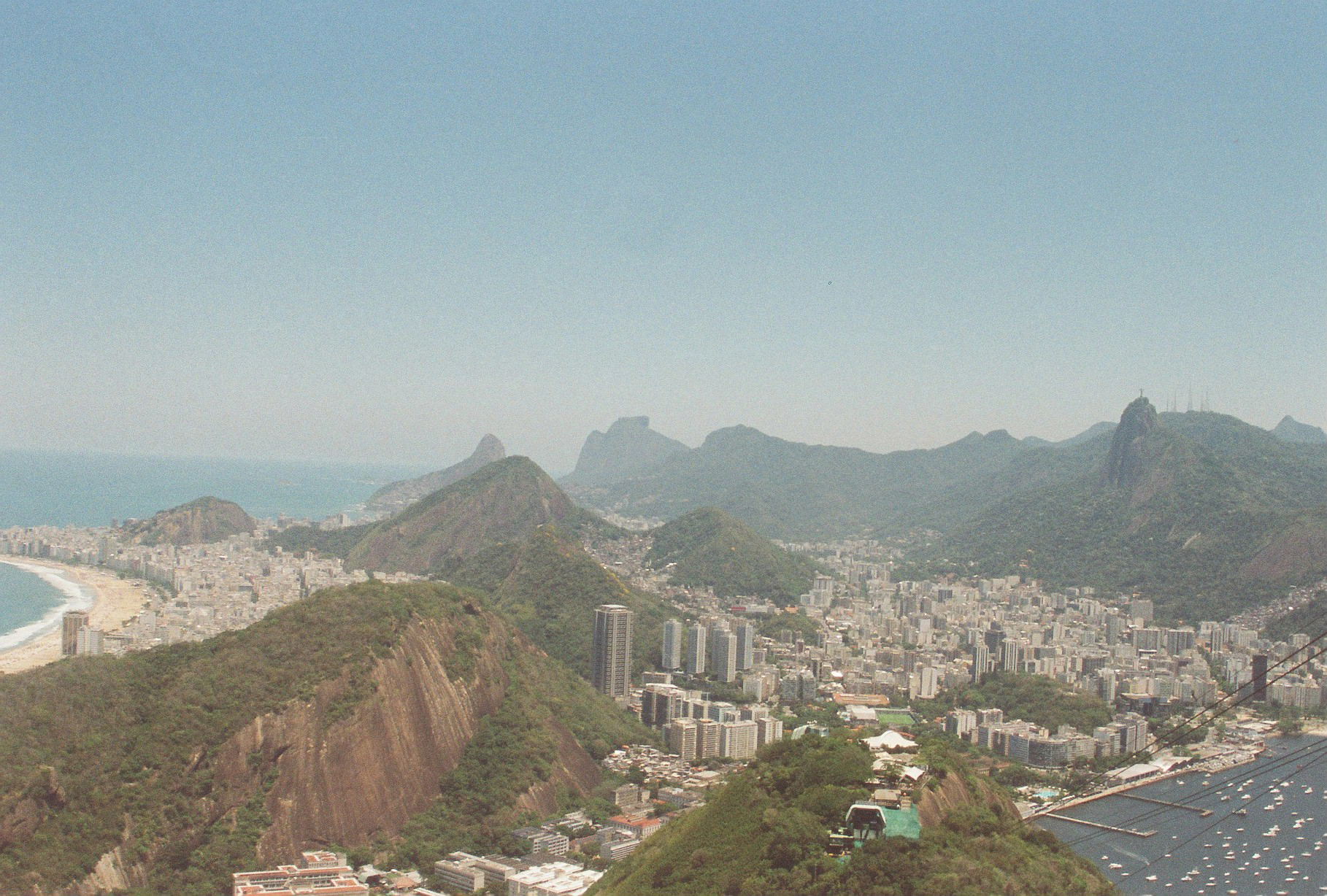All Images by Mattia Mosè Molinari and Agustina Frias
A hot, unexpected Sunday in Buenos Aires. The sky had spent the previous days crying, still mourning the loss of Miguel Ángel Russo.
Agustina and I split up — she’s inside the cancha, I’m outside, walking through the streets of La República de La Boca. I let myself be carried away by the syncopated, pounding sound of the drums.


Everyone is wearing their Sunday best — their sacred attire — that lingering thought you’ve had for days: Which shirt will I wear? This year’s Paredes jersey, or that away shirt from the 97/98 season? It doesn’t really matter, as long as it has that crest embroidered close to the heart.
Inside, La Bombonera gives its all — pure love and chaos: 85,000 souls jumping with all their energy, screaming with all the voice they have.




That voice — the twelfth player on the pitch — a giant creature with only one mission: to defeat River and make them relive the ghosts of that 2011 match against Belgrano.
Fuera de la cancha, in every corner of La Boca, there is music, people dancing and shouting their hearts out, stopping only to let the band carrying the drums pass by — strengthening that wall of sound.
The blue smoke from the flares mixes with the smoke rising from the grills serving choripán, full to bursting.





The match finally begins. 4:30 p.m. I watch it on a small television at the corner of Suárez and Del Valle Iberlucea. Only the lucky few in the front rows can see the Superclásico properly; from the third row back, the sunlight’s glare and the broad shoulders of other fans block the view — but nobody seems to care.
We are about a thousand on this street — I feel part of this like never before in my life. The air is tense. At times, silence is broken only by the distant voice of the TV commentator. Everyone holds their breath.

Suddenly, Zeballos’ goal makes La Bombonera explode — then comes the second, and Merentiel sends the entire people into ecstasy. The ground shakes. The stands tremble.
And finally, the final whistle — a carnival of life.
A man who could be my father bursts into tears right in front of me. We look at each other for a few seconds, then he throws his arms around my neck. He squeezes tightly. I let him do whatever he wanted.




Like an ocean overflowing, the 85,000 from La Bombonera pour into the streets. No one wants to go home. Going home means ending this dream, and now everyone is out in the streets of La República de La Boca — kids trying to replay the action from the second goal, men and women hugging, dancing, singing, crying.
No one wants to go home because this is their home. This is where you have to be — in the streets of La República de La Boca.
At last, I want to share a phrase that I’ll carry with me forever, said by mi hermano Lucas:
“Boca siempre es familia, es amor, es pueblo y carnaval.”

All Images by Mattia Mosè Molinari and Agustina Frias
You can follow Mattia on Instagram here
You can follow Agustina on Instagram here
All our thanks to Mattia and Agustina Frias

